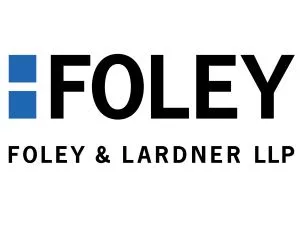- within Government, Public Sector, Insurance and Coronavirus (COVID-19) topic(s)
401(k) lawsuits have surged in recent years. This development has been widely reported, but the extent to which employers of all sizes are potential targets might not be so clearly understood.
Most 401(k) plan lawsuits challenge either the investment options offered under the plan or the administrative and investment management expenses that are paid by plan participants. Plan sponsors and fiduciaries should have robust procedures in place to review and monitor both the available investment options and plan fees and expenses. (In most 401(k) plans, fees and expenses are passed on to plan participants.) Further, plan fiduciaries should always document the process followed and the reasons for any decision reached, even if the decision is to continue plan operations without change. A plan is not required to select the lowest-cost provider, but the best defense against a lawsuit is meaningful documentation that the plan fiduciaries engaged in a thoughtful process and should include the reasons for any decision reached. For example, a plan might select a record-keeper who is not the lowest-cost bidder, but there should be clear documentation of the reasons for the selection (expected service level, expected reliability, etc.)
The rub is that while plan sponsors generally agree as to the importance of documenting the process followed and the decisions reached, they haven’t always viewed the issue with urgency and therefore might not have implemented acknowledged best practices. Historically, this might have been somewhat understandable, as most of the 401(k) lawsuits involved either very large employers whose 401(k) plans include tens of thousands of participants and a correspondingly large asset base (a potentially attractive class action target) or financial service firms who included affiliated mutual funds or products in their 401(k) plan. Against this backdrop, it was easy, and perhaps even natural, for employers that didn’t fit into either of these categories to focus on other business priorities.
But times are changing. Lawsuits now extend to small and medium-sized plans (example here). The chances of a small or medium-sized plan getting sued are higher now than they were just a few years ago. This litigation spike might work itself out, as it remains to be seen whether lawsuits against small and medium-sized plans will generate sufficient recoveries or settlements to make the challenges economically attractive both to plan participants and to the plaintiffs’ bar. However, the best path for a plan sponsor -- any plan sponsor, regardless of size -- is to recognize that 401(k) lawsuits are no longer limited to the very largest plans, and to prioritize best practices with respect to fiduciary review and documentation.
The content of this article is intended to provide a general guide to the subject matter. Specialist advice should be sought about your specific circumstances.


